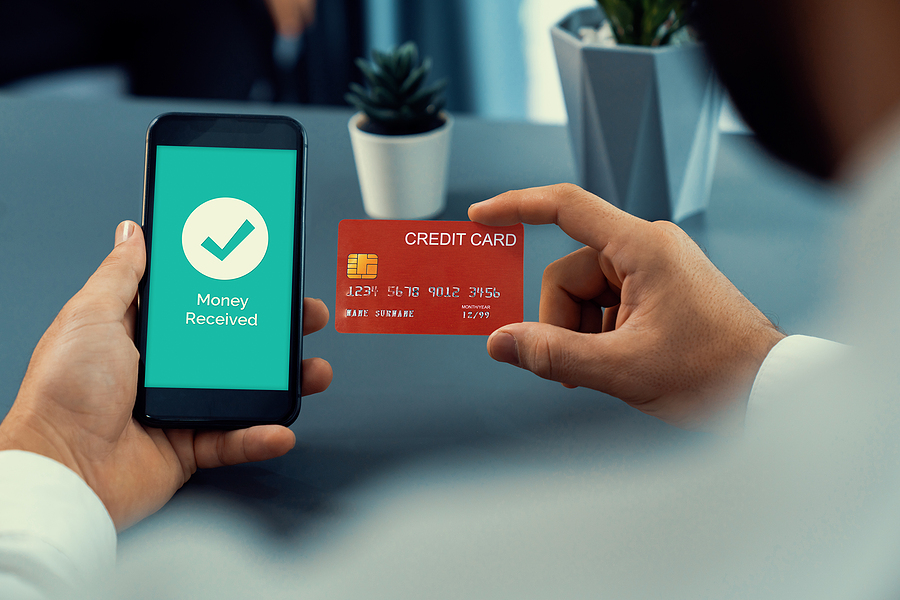In today’s increasingly digital world, ensuring the safety of your financial transactions is paramount. Credit cards, a staple in many of our wallets, come with an array of security features designed to protect you and your hard-earned money.
This article will dive into these features, helping you understand how they safeguard your transactions and what you can do to maximize your credit card security.
Let’s start with the basics, the physical features of your card:
Chip Technology: Also known as EMV (Europay, MasterCard, and Visa), this technology replaces the old magnetic strips on credit cards. The chip generates a unique transaction code each time you use it, making it more difficult for fraudsters to steal your data and replicate your card.
Card Verification Value (CVV): This is a three or four-digit code found on the back of your card. It provides an extra layer of security when you make transactions online or over the phone, where the card is not physically present.
Holograms: Holograms on credit cards are designed to ensure that the card is genuine. They’re challenging to replicate, providing a line of defense against counterfeit cards.
Moving beyond the physical card, several behind-the-scenes security features are at work:
Encryption: Encryption is the process of converting information into a code to prevent unauthorized access. Payment gateways and processors use encryption to secure your credit card information during transactions.
Tokenization: Tokenization replaces your credit card number with a unique set of symbols, or “tokens.” These tokens are useless if intercepted by fraudsters, as they can’t be used to trace back to your original card details.
Fraud Monitoring: Most credit card companies monitor your account for unusual activity. If they detect something suspicious, like a large purchase or transactions from a new location, they may alert you or temporarily block your card to prevent potential fraud.
Two-Factor Authentication: Some transactions may require a second form of identification, like a fingerprint, a PIN, or a one-time password sent to your phone. This provides an extra layer of security, as it requires something you know (your card details) and something you have (your phone or fingerprint).
To maximize these security features, here are some best practices:
- Sign your card as soon as you receive it.
- Regularly check your statements for any suspicious transactions.
- Keep your card details and CVV confidential.
- Use secure and trusted websites for online transactions.
- Notify your card issuer if you lose your card or suspect fraudulent activity.
In conclusion, while credit cards come with several security features to protect your information and money, it’s crucial to remember that maintaining security is a shared responsibility.
As a cardholder, understanding these features and adhering to best practices can go a long way in keeping your financial information safe and secure.
